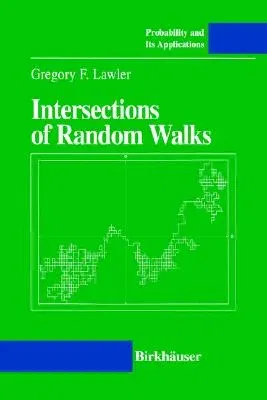Gregory F Lawler
(Author)Intersections of Random Walks (1991)Paperback - 1991, 28 August 1996

Qty
1
Turbo
Ships in 2 - 3 days
In Stock
Free Delivery
Cash on Delivery
15 Days
Free Returns
Secure Checkout
Part of Series
Probability and Its Applications
Part of Series
Probability & Its Applications
Print Length
225 pages
Language
English
Publisher
Birkhauser
Date Published
28 Aug 1996
ISBN-10
081763892X
ISBN-13
9780817638924
Description
Product Details
Author:
Book Edition:
1991
Book Format:
Paperback
Country of Origin:
US
Date Published:
28 August 1996
Dimensions:
23.62 x
15.77 x
1.35 cm
ISBN-10:
081763892X
ISBN-13:
9780817638924
Language:
English
Location:
Boston, MA
Pages:
225
Publisher:
Weight:
349.27 gm

